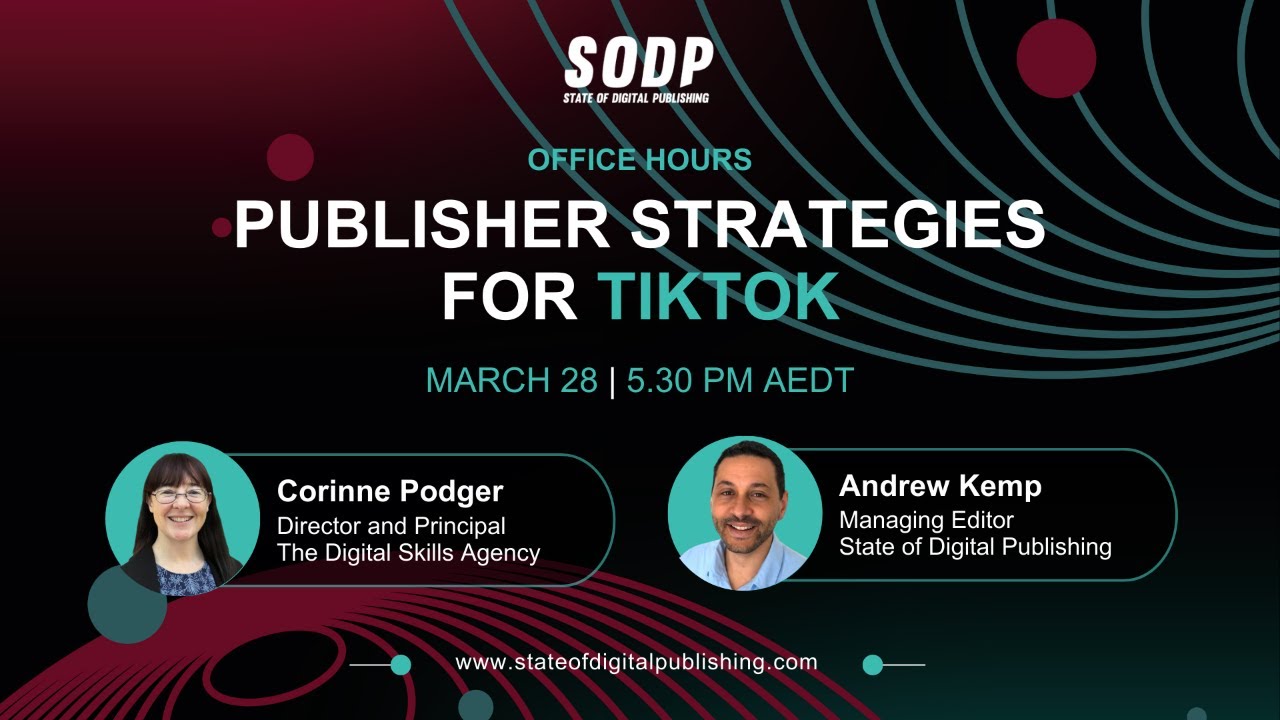Google delaying third-party cookie deprecation (again) made headlines earlier this year, but a bigger concern for advertisers is now boiling over.
Consumer trust in how their data is being used is at an all-time low. Around 75% of US and UK consumers are not comfortable buying from a brand with poor personal data ethics, according to a survey by The Harris Poll on behalf of Permutive.
Privacy has to be paramount for any advertiser that doesn’t want to risk its business. This is where seller defined audiences (SDAs) and publishers’ standard cohorts come into play. By shifting to consented first-party audiences, advertisers that are proactive in testing these cohorts can also restore consumers’ trust in advertising.
The Rise of Seller Defined
Publishers have been working on their first-party data strategies since Safari and Firefox blocked third-party cookies.
Advertisers working with this data have found that publishers have a wealth of valuable data and can create high-value audiences for them to target. But, as with any major change in digital advertising, moving from a third- to a first-party data strategy comes with its challenges, including access and control of consented first-party data and a standard way of buying first-party audiences, all while protecting privacy.
The IAB Tech Lab’s Seller Defined Audiences (SDA) proposal offers a standard framework for advertisers to buy publishers’ first-party audiences on the open web without revealing users’ identities. Publishers that use SDAs curate users into standardized audience cohorts based on interactions and data gathered on publisher-owned properties. Publishers then communicate these cohorts in bid requests to a demand side platform (DSP) bidding on their inventory.
As we move to a privacy-first mindset, there will be an industry shift to SDAs as the preferred framework for publisher first-party data for open programmatic buys and an overall shift to buying based on publisher cohorts.
Publisher cohorts are consumers that are grouped together based on a shared characteristic within a publisher’s environment. But advertisers need a way to collaborate with publishers at scale.
In comes standard cohorts, interest-based publisher cohorts that can be generated automatically based on publishers’ first-party data. They are also a tangible and functional application of the IAB’s SDA framework, matching advertiser expectations and practices around standardized buying.
Levels of Standardization
While the IAB’s SDA is an industry protocol — a signal of which is the IAB taxonomy — the qualification of the cohort behind it is different, taking some of the “standard” elements away.
For example, if an advertiser wants to buy an “auto enthusiast” from the taxonomy list, that advertiser can go to publisher one, two or three and buy that cohort, but the behavioral signals that make up that cohort for each publisher are likely to be different. Publishers are better positioned to categorize their own content than any other third party, however, an IAB taxonomy without definition is open to abuse or misuse.
Instead, standard cohorts are mapped to IAB 1.1 taxonomy and qualified holistically across many publishers that opt into it — without their data ever leaving their environment. This comes with many benefits and keeps publishers at the center of the advertising ecosystem.
Publishers can unlock advertiser demand because with standard cohorts advertisers can buy at scale and collaborate with multiple publishers. Publishers remain in control of their data, user privacy is protected as no user data leaks into the bidstream. Advertisers gain the ability to buy media from publishers using a standardized, trusted, reliable and privacy-safe method as an alternative to third-party data, at a time when consumer trust in advertising is eroding.
Shifting Open Web Spend
For advertisers, shifting open web spend from third-party dependencies into standard cohorts means a move into a controlled, qualified and more responsible web. Where technology acts as an enabler and not an intermediary, and where privacy is by design.
Brands see the benefits in these cohorts. For example, a global beverage consumer packaged goods (CPG) brand that we work with was able to course correct over-indexing in Chrome to reach double the audience that was previously hidden in Safari. This helped them solve their addressability problems.
A testament to the strength of standard cohorts, the brand saw 2.1x the number of impressions served in Safari versus Chrome, 21% lower CPC and 123% higher CTR compared to the benchmark.
SDA, given time and continued participation from advertisers and publishers, will be industry protocol. Standard cohorts, mapped to IAB taxonomy, are a stepping stone that empowers advertisers to streamline their audience activation process, collaborate with multiple publishers and reach audiences in a more responsible way — so why wait for third-party data and consumer trust to disappear?
Disclaimer: The views, opinions and ideas expressed in this post belong to the author/s and do not necessarily reflect those held by State of Digital Publishing.









